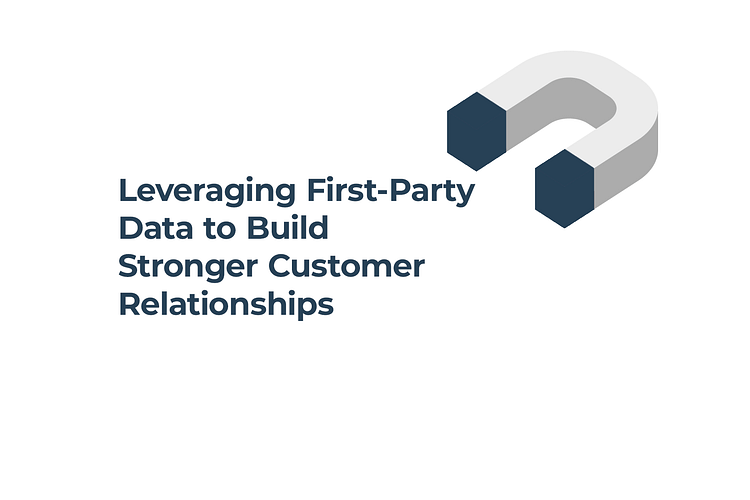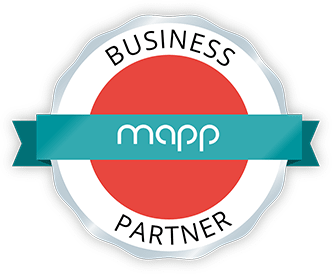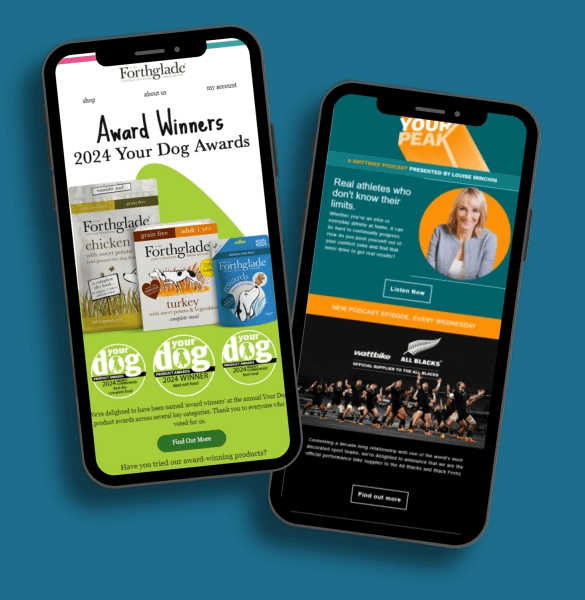Leveraging First-Party Data to Build Stronger Customer Relationships
An introduction to first-party data
First-party data is one of the most valuable assets that an ecommerce brand can have. It refers to the data that a brand collects directly from its own customers, including purchase history, website activity, and other behavioural data.
This data is highly valuable for ecommerce brands because it provides insights into customers’ preferences, behaviours, and needs. With this information, brands can create more personalised and targeted marketing campaigns that are more effective at engaging and converting customers. In this blog, we will explore why first-party data is so important in ecommerce, and how brands can use it to improve their marketing strategies and drive better results.
Why first-party data is essential for a successful marketing strategy
Having access to first-party data is crucial for brands to succeed. Here are five reasons why:
Personalisation: First-party data allows brands to gain insights into their customers’ behaviour, preferences, and interests. With this data, brands can personalise their marketing campaigns and offer tailored product recommendations, resulting in higher engagement and conversion rates.
Improved customer experience: By using first-party data, brands can create a more seamless and personalised customer experience. Customers are more likely to return to a website if they feel valued and understood, and first-party data allows brands to achieve this.
Informed decision making: First-party data can provide brands with valuable insights into their customers’ purchase history, including their preferred products, average order value, and frequency of purchases.
Enhanced targeting: First-party data allows brands to target specific customer segments with relevant and personalised messaging. This targeted approach is more effective than a one-size-fits-all approach, resulting in higher engagement and conversion rates.
GDPR compliance: With the introduction of GDPR, collecting third-party data has become more challenging. By using first-party data, brands can ensure compliance with data protection regulations while still gaining valuable insights into their customers’ behaviour and preferences.
Add image
Crafting a best-practice first-party data strategy with Klaviyo and OctaneAI
Adopting a comprehensive strategy to improve marketing efforts starts with configuring and implementing bespoke automation flows and segments. Giving priority to new flows that focus on acquisition retargeting and retention ensures that a brand can engage customers effectively throughout their buying journey. By prioritising these flows, a brand can capture the attention of potential customers, retain existing ones, and improve their overall conversion rates.
After the implementation of custom automation flows and segments, a platform to invest in is integrating Octane AI into the marketing strategy. Octane AI creates an engaging shopping experience for customers by collecting zero-party data on their specific needs. By collecting this data, a brand can deliver personalised product recommendations and articles/information that cater to customers’ preferences and requirements.
Additionally, the brand can segment their email lists based on quiz data and create dynamic content-based automation to optimise their marketing campaigns. Overall, the integration of Octane AI enables a brand to build a more personalised and engaging marketing strategy, resulting in higher customer engagement, loyalty, and sales.
“PAASE have strong direct relationships with Octane & Klaviyo which not only makes integration between the platforms dead easy, but also allows us to jump on new advances and quickly roll out changes and improvements to our customer strategy.” – Ecommerce Director, Curlsmith.
PAASE x Curlsmith x Klaviyo x OctaneAI
Curlsmith approached PAASE to help enhance their email marketing – specifically their campaigns and flows. Whilst the database was growing, Curlsmith had a standardised set-up from database capture tools to pop ups. Albeit, the current process didn’t provide enough information around consumers, therefore there were a lot of missed opportunities. The need to automate the current CRM journey was essential.
Who are
PAASE?
If you're not driving 10x ROI, get in touch with us to find out how we can help.





